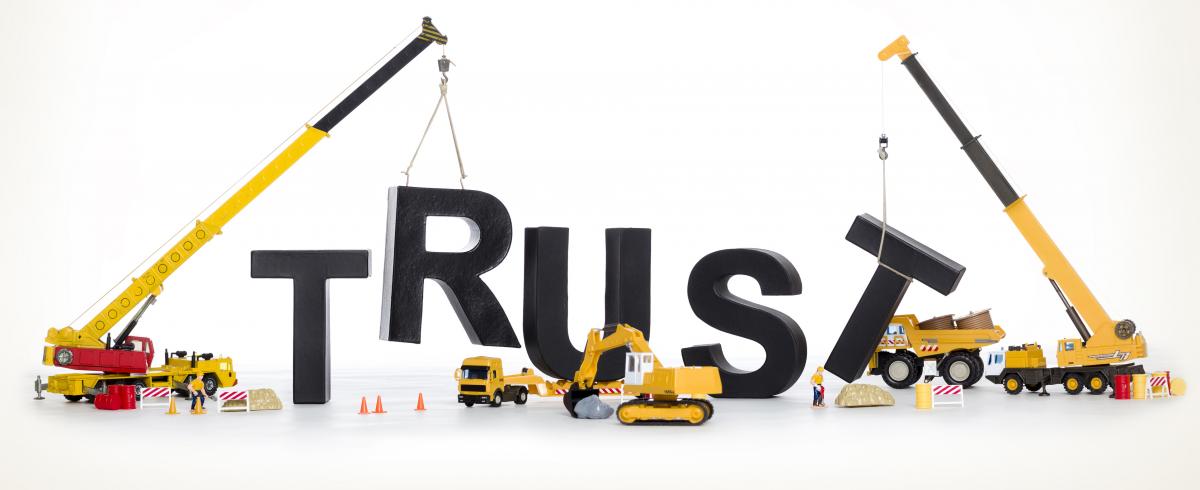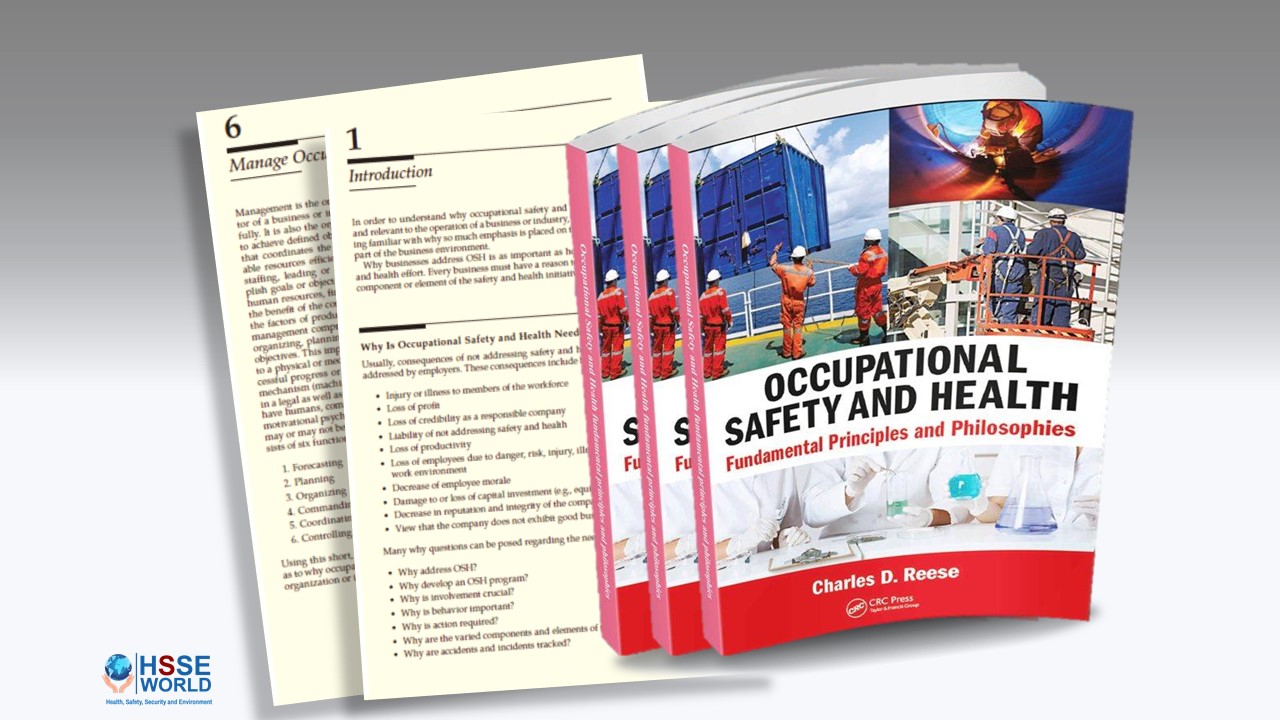Anyone working in the field knows that we’re far from living in an accident free world. And, yes, we’re not even close to a fatality-free world. A single fatality is horrendous, but in this article we will be looking at workplace safety failures that killed hundreds and even thousands. Two of these disasters are from a century ago and acted as a catalyst for the more stringent health and safety regulations we enjoy today. The other, however, is shockingly recent..

Takeaway: The progress we’ve made in worker safety has been paid for many times over at the cost of workers’ lives.
The Triangle Shirtwaist Factory Fire (1911)
On March 25, 1911, a fire at the Triangle Shirtwaist Company’s New York City factory killed 146 workers, mostly women.
Like many factories at the time, the Triangle Shirtwaist Company’s factory lacked any kind of fire safety. No sprinklers, no fire alarm, and a lack of emergency exits. When the fire broke out, the first indication for some of the workers was the smoke and heat from the fire itself. Even without early warning, many of the deaths could have been avoided if the women had a way out of the building. One of the exits was locked from the outside and the fire escape was extremely narrow. As a result, women were throwing themselves out the windows to escape burning alive. Those who jumped – an estimated 62 of the 146 – not only died, but they hit hoses and hampered the people attempting to put out the fire.
While the numbers pale in comparison with other disasters – it isn’t even the worst garment industry headcount – the Triangle Shirtwaist Factory Fire is one of the historical turning points that pushed North America to recognize that a job site free of unreasonable danger is a basic workers’ right.
The fact that so many women died horribly had a emotional impact on the general population and led directly to the founding of the American Society of Safety Engineers (ASSE). On a practical level, the Triangle Shirtwaist Factory Fire also saw New York City pass laws that made sprinklers mandatory for all factories within the city. From there, the law and the sentiment behind it spread across North America, eventually leading us to the fire safety systems that protect workers today (for related reading, check out Muster Points: How to Keep Your Team Safe During an Emergency).
The Halifax Explosion (1917)
Although it took place in a harbor, the Halifax Explosion was every bit an industrial accident. It was caused by the same trio that are behind all too many accidents: lack of clear roles, lack of communication, and lack of information.
The war redefined the already busy Halifax harbor as a major hub to move supplies into Europe as U-boats forced shipping to shift to less frequented routes. Since the harbor was overseen by three authorities – the Royal Navy, the Royal Canadian Navy, and the sailors, merchants and other citizens of Halifax – the growth in traffic led to a barely controlled chaos even on the best days.
One of the boats forced up the coast was the Mont-Blanc. It carried nearly 3,000 tons of explosive or combustible materials, including 250 tons of TNT. In the chaos of the harbor, the Mont-Blanc ended up on a collision course with another ship which, not realizing the danger of the undeclared cargo, wanted the Mont-Blanc to get out of the way. As the two ships attempted to work the issue out with whistle blasts, both made last minute corrections. If only one ship had done so, the accident would have been narrowly avoided. The collision and resulting fire on the Mont-Blanc terrified the crew who were the only ones aware that the fuse was now lit on a very, very big bomb. The crew abandoned ship and fled to the shore. Harbor authorities, also unaware of the danger, were still puzzling over what to do when the Mont-Blanc exploded.
More than 1,500 people died in the initial blast. Many of them had come to the harbor see what all the fuss was about in the harbor and were greeted by a blast that threw an anchor four kilometers and destroyed everything within a two-kilometer radius. After the flying glass from windows and other debris, the survivors were hit by a tsunami. Hundreds more died in the aftermath.
We can still see the Halifax Explosion’s legacy for safety in a number of ways. It encouraged the standardization of municipal safety equipment, as firefighters from other districts struggled to get their hoses and equipment to fit. It accelerated the practice of disaster planning and brought home the fact that growing cities can be prey to massive disasters that overwhelm nearby facilities while leaving other resources underutilized. And, of course, it definitely led to stricter international maritime standards, detailed reporting systems, and professional harbor management (for further reading, see Common Scenarios to be Prepared for Emergency Response Situations).
Rana Plaza Collapse (2013)
The Rana Plaza Collapse – perhaps better known as the Bangladesh factory collapse – was by all accounts an accident waiting to happen. The building itself was structurally suspect even before additional floors were added without securing proper permits. The workers raised safety concerns, but these were ignored by the owners and managers. The building started showing cracks the day before the collapse, but management bullied the workers into coming in the next day or forfeiting the month’s pay. Management’s motivation in allowing the building to reach this critical state appears to have been protecting profit margins. The factory operated as a low-cost clothing manufacturer for overseas brands outsourcing product lines to gain a cost advantage. As with many other industrial disasters, the underlying factors were building over time to create the “accident waiting to happen” that always appears so obvious in hindsight.
At least 1,100 workers died in the Rana collapse and another 2,500 were injured. The scale of the disaster resulted in criminal charges against the managers and owners and, perhaps more significantly, an international consumer backlash against companies using offshore production they knew lacked basic safety standards in order to save dollars.
Unlike some of the others on this list, the Rana Plaza Collapse happened in recent memory. The bad news is that there is still a considerable safety gap when it comes to industrial production in developing nations compared to developed ones. That said, the horrified reaction of the customers wearing clothing made in Rana Plaza forced some corporations to reassess their accountability when it comes to the safety of their overseas supply chain. Time will tell whether or not the Rana Plaza Collapse creates a greater push for safety standards in the global supply chain .
Safety Wrap: The Unredeemable Disasters
Many workplace disasters were deliberately omitted in compiling this article despite body counts that dwarf those discussed above. They were left out because there simply is nothing that can redeem them.
There is the Bhopal Disaster (1984), a toxic gas leak at an Indian pesticide plant that killed over 3,000 directly and possibly more than 15,000 indirectly. That one is either sabotage or poor corporate oversight – maybe both. We also omitted several mining disasters, the worst of which is the Benhixu Colliery (1942), which saw Japanese forces controlling the mine kill over 1,500 forced Chinese laborers through negligence that borders on homicidal. We could list five times as many disasters, but the most common theme then would be the depressing lack of progress that follows many large-scale industrial deaths.
The Triangle Shirtwaist Factory Fire, the Halifax Explosion, and the Rana Plaza Collapse are horrible. Any avoidable death is. But they were chosen because the magnitude of the horror at least led to some improvements for future workers – or in the case of the Rana Plaza, the hope of future improvement. That’s a very small measure of progress bought at an extraordinary price. But it is at least better than nothing .



